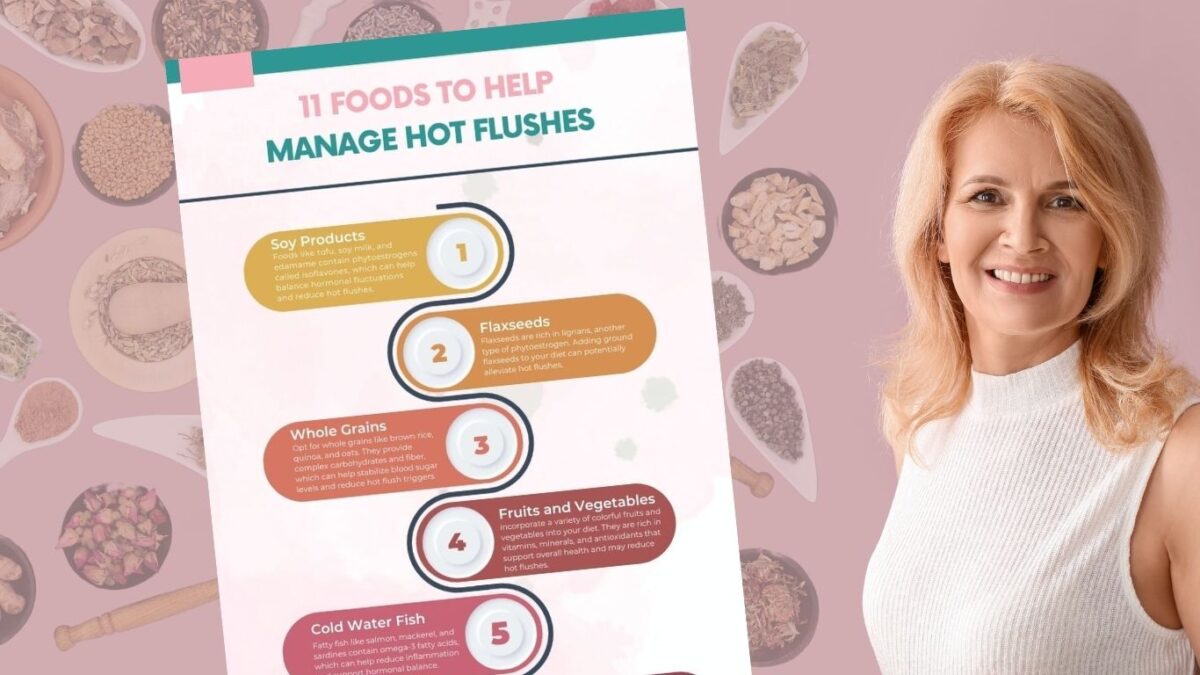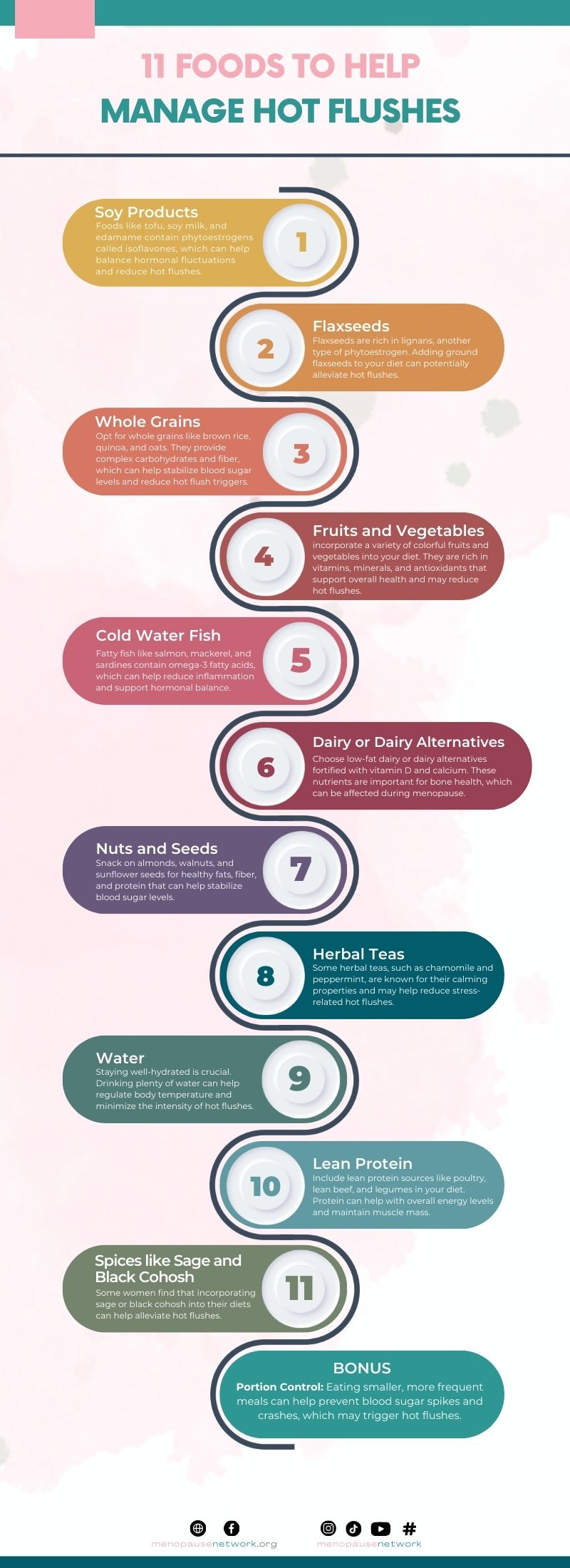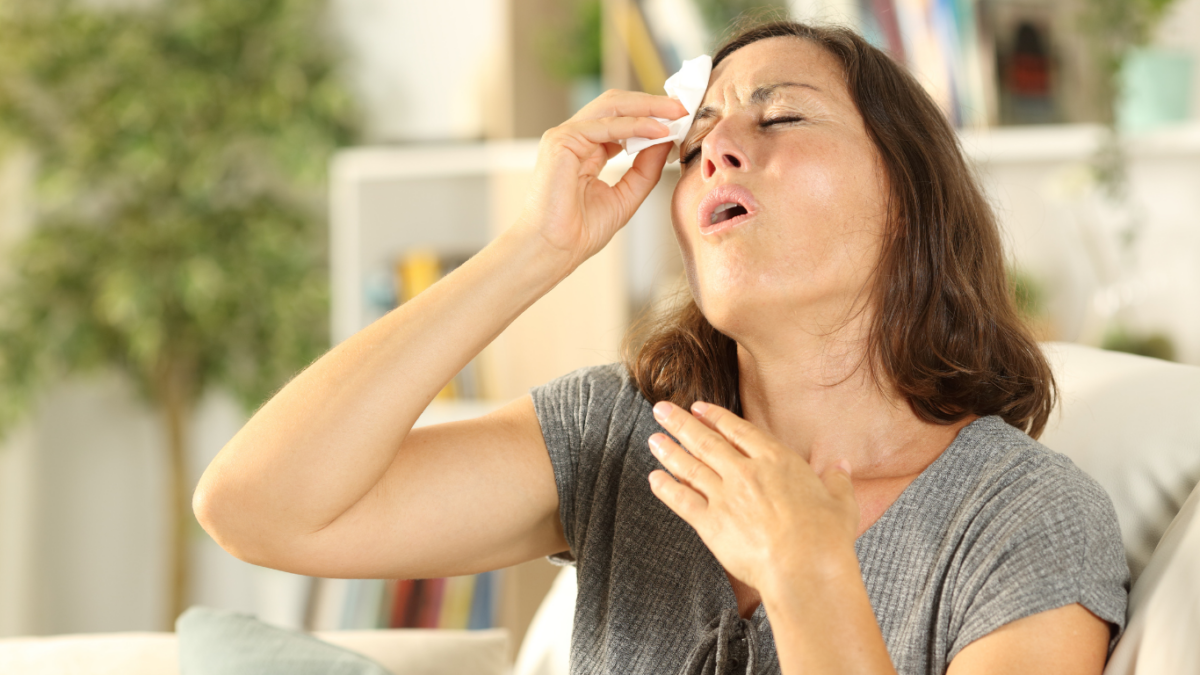From Hot Flashes to Hot Topics: 6 Ways to Protect Your Peace at Family Get-Togethers
The holidays are supposed to be “the most wonderful time of the year,” but if you’re in the throes of menopause, family gatherings can feel like the ultimate test of patience, stamina, and self-control. Between the hot flashes, mood swings, and the inexplicable need to hide in a quiet corner, it’s no wonder you might feel like skipping the whole affair.
But here’s the good news: You don’t have to grin and bear it. With a little preparation and a dash of open communication, you can show up as your fabulous, unbothered self — menopause and all. Here’s how to set boundaries, communicate your needs, and actually enjoy family time (yes, it’s possible!).
1. Know Your Triggers (and Plan Ahead)
First things first — identify what’s most likely to set off your symptoms. Is it a too-warm living room packed with relatives? Spicy holiday food that kicks up your hot flashes? A chatty aunt who loves to “playfully” critique your life choices?
What You Can Do:
- Dress for Success: Wear light, breathable layers so you can peel off a sweater the second a hot flash hits.
- Pack a Self-Care Kit: Bring a small bag with cooling wipes, a handheld fan, and anything else that helps you feel calm and in control.
- Scope Out a “Cool Down” Spot: If you’re headed to someone else’s home, discreetly ask if there’s a quiet space you can retreat to if things get overwhelming. Bonus points if there’s a window you can crack open.
2. Set Clear Expectations (Yes, You Can Say No!)
Do you tend to say “yes” to every holiday request, even when you’re running on fumes? It’s time to ditch the people-pleasing. Menopause is exhausting enough without overcommitting to gift exchanges, meal prep, and hosting duties.
What You Can Do:
- Learn to Say No (and Mean It!): It’s perfectly fine to say, “I’d love to help, but I’m focusing on my health this season.” No need for a 10-minute explanation.
- Be Honest About Your Limits: If cooking a big family dinner sounds like a recipe for burnout, suggest a potluck-style meal where everyone contributes.
- Use the Magic Word “Flexible”: Need to step away from a party early or skip it altogether? Let family know you’re being “flexible with your plans this year,” and leave it at that.
3. Call Out Menopause — No Shame, No Secrets
Here’s a radical idea: What if you just told people what you’re going through? While menopause still carries a bit of stigma, opening up about it can actually lead to more understanding (and fewer awkward glances when you start fanning yourself mid-conversation).
What You Can Do:
- Casual Honesty Works Wonders: If you feel a hot flash coming on, say something like, “Whew, menopause moment!” This normalizes the experience and makes it less awkward.
- Turn It Into a Learning Opportunity: Got a nosy cousin or critical parent questioning your behavior? Keep it light but direct: “Yep, menopause is wild, isn’t it? It’s like a surprise party I didn’t ask for.”
4. Avoid Family Drama Traps
Every family has that person — you know, the one who finds a way to bring up politics, your love life, or your new haircut. Menopause mood swings are real, and you don’t have to apologize for feeling triggered. But you can take steps to avoid a full-on blow-up.
What You Can Do:
- Master the Art of Redirection: Change the subject faster than Aunt Susan can say, “Are you still single?” Try, “Oh, I just remembered, did you see that funny TikTok I sent you?”
- Set a “No Debates” Rule: If you’re hosting, tell your family in advance that hot-button topics (like politics) are off the table. Blame it on “holiday peacekeeping.”
- Create Your Exit Plan: If things get heated, you have permission to walk away. Whether it’s a “bathroom break” or a sudden need to check on the pie, trust that it’s okay to remove yourself from tense conversations.
5. Build in Recharge Time
If you’re juggling family gatherings back-to-back, exhaustion is inevitable. Menopause fatigue is real, and you need to prioritize your energy like it’s gold.
What You Can Do:
- Schedule Solo Time: Yes, it’s okay to plan for alone time between events. Tell your family, “I’ll be recharging from 12-2 before the party.” They’ll survive without you.
- Plan a ‘Soft Exit’: If you know you’ll get tired halfway through the party, tell people you’ll be “leaving early to beat traffic” or “catching up on sleep.” No one needs to know the real reason.
- Give Yourself Grace: If you don’t have the energy to attend every gathering, give yourself permission to skip one or two. Your health comes first — and guess what? The holidays will still be magical.
6. Communicate Your Needs (Clearly and Kindly)
This is your body and your holiday season. If your family doesn’t understand what menopause does to your energy, patience, and physical comfort, it’s time to have “the talk.”
What You Can Do:
- Tell Your Family What You Need: Need help cooking dinner? Ask for it. Need to rest while others clean up? Say so. Menopause isn’t the time to be a silent martyr.
- Use Direct, Simple Language: Skip the long-winded explanations. Try, “I’ll need a 10-minute break before dessert,” or “Can we lower the heat in here? I’m running warm.”
- Offer Solutions, Not Just Problems: If you’re hosting but feeling overwhelmed, say, “I’d love help with dessert this year. Can you bring cookies?” People love being useful when they’re given clear instructions.
The Bottom Line
Family gatherings don’t have to be a gauntlet of stress, sweat, and passive-aggressive comments. By setting boundaries, communicating openly, and advocating for yourself, you can actually enjoy the holidays — menopause and all.
This season, remember that you deserve joy, comfort, and a guilt-free exit strategy. Because when it comes to menopause and family gatherings, one thing is crystal clear: You are not the family superhero.
So, adjust the thermostat, sip your eggnog, and give yourself permission to put your needs on the holiday to-do list. Because a happier, healthier you makes for a merrier holiday for everyone.









